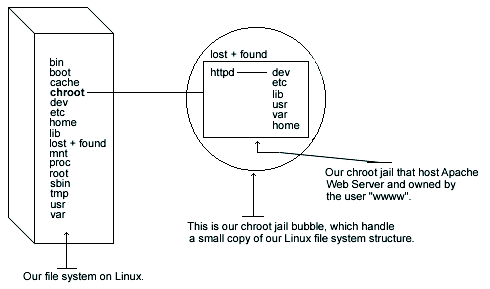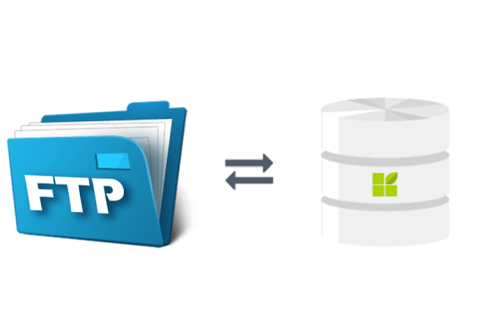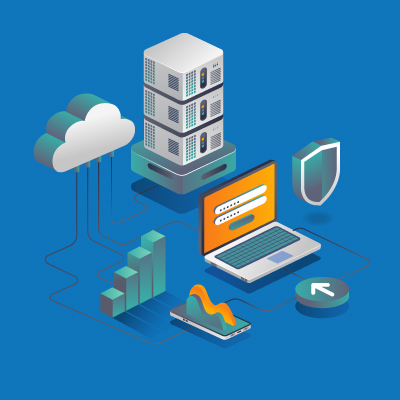
Centos Lamp Install is an open-source software platform which provides a simple and effective way to set up a web server. It includes Linux, Apache Web Server MySQL Database, and PHP Programming Language. This is a great choice for beginners and advanced web developers.
If you're an experienced developer or simply wish to host your site, LAMP stands out as the foundation of choice for many websites. It is also one of the most widely-used web development stacks.
The following tutorial shows you how to set up the LAMP stack for a CentOS7 server. This tutorial is compatible with any CentOS release, even if it has minimal differences.
1. Introduction to the LAMP stack
The LAMP stack is the most common and most used software for web applications on Linux servers. It is made up of four components: Linux, Apache Web-server, MySQL, MariaDB Database, and PHP, a popular scripting Language.
2. Install Apache Web Server for CentOS 7

The first step in assembling the LAMP stack is to install the Apache web server. The CentOS package manager yum is the easiest way to accomplish this. After installing the Apache webserver, you need to enable it and run the daemon.
3. How to Install MySQL and MariaDB on CentOS 7
MySQL is an open source database management software. Both databases use SQL syntax. They're great for storing and managing huge amounts of data.
4. How to install PHP on CentOS 8
The final layer of the LAMP stack is PHP, a scripting language that lets you create dynamic websites and web applications. PHP5 has been the most widely used PHP version, and it is available on CentOS.
5. How to Install PhpMyAdmin for CentOS 8
PhpMyAdmin provides a free interface that you can use to manage MySQL databases. PHPMyAdmin does not appear in the CentOS repository. To get it, you'll have use a third-party repositories like EPEL.
6. How to Install CentOS 9 Stream 9 on your Cloud or VPS

A LAMP stack is an essential part of the process of creating, testing and hosting a dynamic website or web application. The LAMP stack is a combination between the Linux operating system, Apache, MySQL and PHP software, all of which can be found on any cloud hosting provider.
Make sure that you have 1GB RAM or more and a good internet connection. Also, you should make sure that your cloud provider has enough hardware capacity to handle LAMP stack.
Once you've completed this tutorial, you will have the knowledge needed to build and run a successful LAMP website on a cloud-hosting service. You will know how you can protect your website using an SSL certificate.
FAQ
How to design your website?
The first step is to understand what you want your site to do for your customers. What do your customers want from you when they visit your website?
What issues might they be facing if they can't locate what they're looking at on your site.
You now need to know how to fix the problems. It is also important to ensure your site looks great. It should be easy-to-use and navigate.
Your site should be extremely well designed. It should not take too much time to load. If it does take too long, people won't stay as long as they would like to. They will go elsewhere.
When you are building an eCommerce site, it is important to consider where all your products are located. Are they in one place? Are they all in one place?
You must decide whether to sell one product only or many products simultaneously. Are you looking to sell one product or several?
You can start building your site when you've decided on these questions.
Now, it's time to take care of the technical aspects. How will your website work? Is your site fast enough to be useful? Can it be done quickly by people using their computers?
Will it be possible to buy something online without paying any extra? Is it necessary for them to register before they are able to purchase anything?
These are the essential questions you should ask yourself. You'll be able to move forward once you have the answers to these important questions.
What is a "static website"?
A static website is possible to be hosted anywhere: Amazon S3, Google Cloud Storage or Windows Azure Blob storage. Rackspace Cloudfiles, Rackspace Cloud Files. Dreamhost and Media Temple. A static site can be deployed to any platform that supports PHP. This includes WordPress, Drupal Joomla! Magento PrestaShop, Magento and Joomla!
Static websites are typically easier to maintain, as they don’t have to constantly send requests between servers. Because they don't send any requests back-and-forth between servers, static web pages load much faster. Smaller companies with limited resources and the time required to manage websites properly will find static web pages more beneficial.
Do I have to use a template?
Yes! Pre-built templates and frameworks are often used when building websites. These templates have all the code you need to display your information on your website.
The following are some of our most-recommended templates:
WordPress – One of the most well-known CMSes
Joomla - another popular open source CMS
Drupal - A large-scale enterprise solution that large businesses use
Expression Engine is a Yahoo CMS that allows you to create custom CMS sites.
You will find hundreds of templates for each platform. So it shouldn't be hard to choose the right one.
How to Create a Static Website
Two options are available when you create your first static web site.
-
Content Management System (a.k.a. WordPress): WordPress: Download this software and install it to your computer. This software can then be used to create an indispensable website.
-
A static HTML website is created by you. This is easy if you know HTML.
It is worth hiring an expert if you want to build large websites.
But starting, you should probably go with option 2.
What Websites should I make?
It all depends on what your goals are. If you are looking to build a business from your website, it may be beneficial to focus on selling online products. To do this, you will need to create a strong eCommerce website.
Blogs are another popular type of website. Each requires different skills. For example, to set up a website, you need to understand blogging platforms such WordPress or Blogger.
Once you have chosen a platform, it is also important to determine how you can customize the appearance of your site. You can find many free templates and themes for every platform.
Once you've selected a platform to build your website, you can start adding content. You can add images and videos to your pages.
It is now possible to publish your new website online. Once published, visitors can view your site in their browsers.
What Should I Add to My Portfolio?
These things should make up your portfolio.
-
Some examples of your past work.
-
If possible, links to your site
-
These are links to your blog.
-
These are links to social media sites.
-
Links to online portfolios of other designers.
-
Any awards you received.
-
References.
-
Samples of your work.
-
These are links showing you how to communicate effectively with clients.
-
Here are some links to show that you're eager to learn new technologies.
-
Here are some links to show you are flexible.
-
Your personality is displayed in the links
-
Videos showing your skills.
Statistics
- It enables you to sell your music directly on your website and keep 100% of the profits. (wix.com)
- At this point, it's important to note that just because a web trend is current, it doesn't mean it's necessarily right for you.48% of people cite design as the most important factor of a website, (websitebuilderexpert.com)
- Did you know videos can boost organic search traffic to your website by 157%? (wix.com)
- Studies show that 77% of satisfied customers will recommend your business or service to a friend after having a positive experience. (wix.com)
- The average website user will read about 20% of the text on any given page, so it's crucial to entice them with an appropriate vibe. (websitebuilderexpert.com)
External Links
How To
How to use WordPress for Web Design
WordPress is a software application that you can use to build websites or blogs. It has many great features, including easy installation, powerful themes options, plug-ins and many other. You can customize your website using this website builder. It comes with hundreds of themes and plugins that help you make any site. If you wish, you can add your domain name. You can manage your site's appearance, functionality, and design with these tools.
WordPress allows you to create beautiful websites even if you don't know how to code HTML. If you don't know anything about coding, there's no reason why you shouldn't be able to set up a professional-looking website in minutes! This tutorial will teach you how install WordPress on your computer. Then, we'll go through the steps necessary to put your blog online. Everything will be explained so that you can follow the steps at home.
WordPress.com, the most popular CMS (Content Management System), currently has over 25 million users in all of its countries. Two versions of WordPress are available. You can either get a license from them at $29/month or you can download the source code for free.
WordPress is often chosen for its blogging platform because of many factors. One of the best things about WordPress is its simplicity. Anyone who knows HTML can create beautiful websites. Its flexibility is another benefit. WordPress.org has many free themes that allow you to change the look of your website without paying a dime. It's also very customizable. Numerous developers offer premium addons that enable you to automatically update posts whenever someone comments on them, or integrate social sharing into your website.